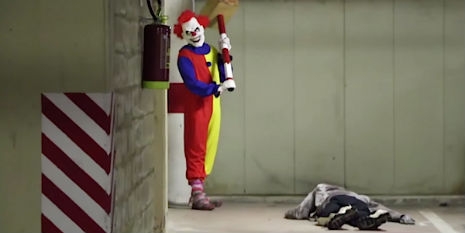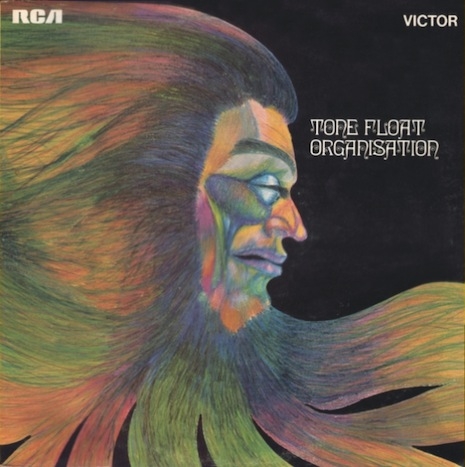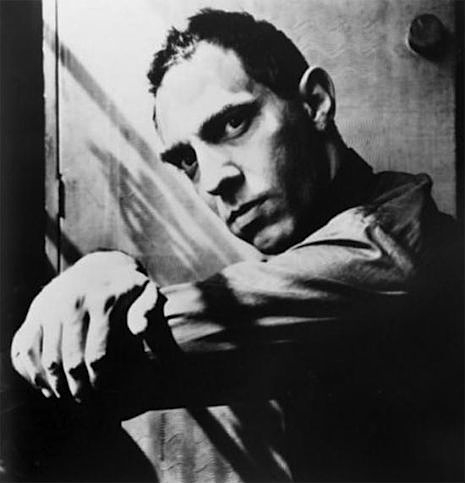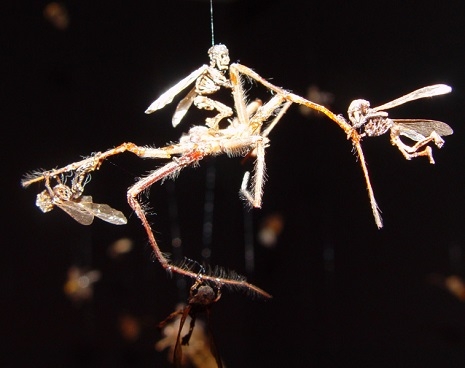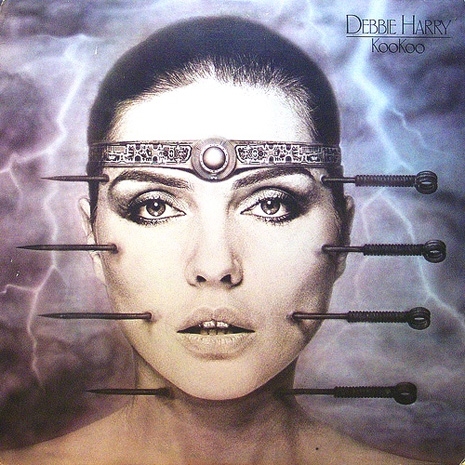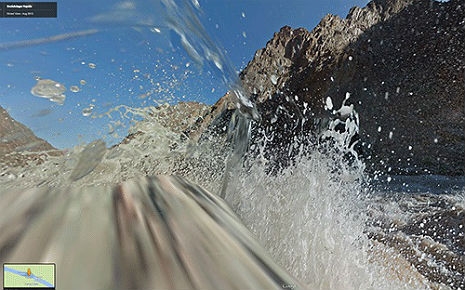
If you haven’t noticed—and it would be easy not to, because they aren’t showing up in many retail outlets yet, mostly just Amazon—over the course of the past year UMe, the catalog division of Universal Music Group that puts out all of those “super deluxe” two and three CD sets of classic albums, has started releasing high definition Blu-ray “Pure Audio” discs.
The BD discs contain no video content, although they certainly could (hint, hint), but what they do offer should be considered as close to the master tape, as heard in the recording studio, as is possible to experience in your own home. In terms of their HD-DTS Master Audio or Dolby TrueHD tracks, it’s probably not possible to give any more definition to a digital audio signal and expect the human ear to even be able to detect it. If it’s feasible to add a 5.1 surround mix to the discs, they do so (although when they don’t, it becomes a bit problematic from a consumer standpoint, but more on this below.)
So far UMe’s roster of “High Fidelity Blu-ray Pure Audio” discs include stalwart titles like Nirvana’s Nevermind and In Utero, Supertramp’s Breakfast in America, Miles Davis’ soundtrack album for Louis Malle’s L’Ascenseur Pour L’Echafaud, White Light/White Heat and The Velvet Underground & Nico, Stevie Wonder’s Songs In The Key of Life, Derek & The Dominos’ Layla & Other Assorted Love Songs, Marvin Gaye’s What’s Going On, the fifty song Rolling Stones GRRR! comp, Let It Bleed, and Exile On Main St., Ella & Louis, I Put A Spell On You by Nina Simone, Selling England By The Pound by Genesis, John Lennon’s Imagine, Queen’s A Night At The Opera, Serge Gainsbourg’s Histoire De Melody Nelson and a handful of jazz and classical offerings, about fifty in all. 5.1 surround mixes of The Who’s Quadrophenia and an expanded version of the Legend collection of Bob Marley’s greatest hits are scheduled to come out this summer via UMe.
Backing up a bit, the majors began releasing 5.1 surround and high resolution audio in 1999 with the introduction of the Super Audio Compact Disc (SACD) which allowed for the reproduction of DSD audio streams that had the same “warmth” as vinyl. The music industry did such a terrible job of marketing the SACD format that few people even knew it existed before they more or less pulled the plug on it. (Bob Dylan’s entire catalog and all of the Rolling Stones ABKCO albums were released as SACDs, but for whatever reason, this fact was downplayed to the extent that it is barely noticeable in the packaging, although they can be easily identified in used CD racks simply as the ones in the digipaks). Elton John’s classic albums came out remixed in 5.1 surround. Ziggy Stardust was remixed for 5.1 surround in a way that made the album sound totally fresh (and much more muscular). Peter Gabriel’s catalog came out on SACD. Once it went out of print, the SACD surround version of Roxy Music’s Avalon—an album audiophiles have always gravitated towards—started selling used for hundreds of dollars....
The first time I heard an SACD of Blood on the Tracks, I was hooked because not only did it sound like Bob Dylan was actually singing in the room with me, such were the sonic details that you could literally hear the guitarist’s fingertips moving across the ridges of the strings. Back in the days of Napster and Limewire, it was said that SACDs were not only impossible to rip, but that the files were too big for easy transport across the Internet (yeah, they really thought that). SACDs can only be played in a special SACD player but since hardly anyone bought one in the first place, the format was basically DOA. I have a ton of them, they sound great, but… yeah, who cares about SACDs? Cut to a few years later and since everyone has a DVD player, now the new thing is DVD-A. Mute put out Nick Cave’s back catalog remixed to 5.1 surround, setting the bar high for archival releases. Rhino put out a box set of Björk’s albums called Surrounded and the entire Talking Heads discography came out on so-called “Dual Discs” (one side a 5.1 surround DVD, the other a “red book” CD layer). Porcupine Tree’s Steven Wilson became the undisputed go-to-guy for 5.1 and produced newly created surround mixes of several Jethro Tull and King Crimson albums.
Last year Blu-ray audio releases starting to edge out the DVD-A releases, notably the excellent 5.1 surround mix of Van Morrison’s Moondance album, Steven Wilson’s new mixes of Close to the Edge by Yes and XTC’s Nonsuch and the approximately fifty Blu-ray Pure Audio releases from UMe. After watching them fumble the ball so many times on the surround front for the past decade, I’m finally starting to think they might get it right this time (and I do hope that someone at UMe in the Blu-ray department is reading this.) The UMe BD releases, especially the ones with 5.1 surround mixes (which sadly ain’t all of ‘em) are nothing short of stunning. The two best that I’ve heard, in terms of their audiophile ability to knock your socks off are Elton John’s Goodbye Yellow Brick Road (you can actually hear the sound of his foot on the pedal of his grand piano, it’s sublime) and Beck’s Sea Change (I don’t give a shit about Beck, but this album is the first thing I grab to demonstrate the possibilities of high resolution surround sound.)
Until the newly remastered version of Grace Jones’ Nightclubbing came out a few weeks ago, I believe that UMe’s Blu-ray releases were only being test marketed in France (where they’re manufactured). Perhaps the “Pure Audio” discs were catching on as Nightclubbing is being released worldwide simultaneously on double LP, CD, as a deluxe two CD set, on digital download and as a Blu-ray Pure Audio disc. Apparently the Blu-ray disc is now being seen as another music format and for consumers, and for the record labels themselves, I think this is a good thing. I’ve been evangelical about surround sound—it’s simply the best way to listen to music outside of having the musicians show up at your front door—and high definition audio for years and at long last the industry seems to be sitting up and catering to the consumer wishes of the folks who still can be relied upon to buy music on discs.
Although I have noticed that the prices for the UMe BDs on Amazon tend to be in the $25 to $35 range prior to the street date for some of these discs, once they hit, the price drops to around $15 to $18 per. That’s not bad and considering that they are, in fact, noticeably better than regular CDs, I don’t feel like I am being ripped off for buying something that I have perhaps already owned multiple copies of—if I had to attempt to objectively quantify it in some way, I’d say that the stereo BDs are about 7-10% better than their regular CD equivalents and that the ones with 5.1 surround mixes, compared to CDs and even the best vinyl pressings, is like going from an old tube 20-inch TV set to a 50-inch HD flatscreen.
Consider the sort of leap in quality that gets made when a song like “Bohemian Rhapsody” is opened up from two speakers to six and the data used to reproduce the music employs six times (or better) the data found on a regular compact disc. Since so many homes are now set up with home theater systems, it makes sense that the surround thing finally seems to be catching on to a wider public. You watch movies in 5.1 surround, you can listen to music on that very same system.
At this point, though, as someone on the picky audiophile side of things, I gotta say, there aren’t a lot of titles that I would buy on Blu-ray audio discs unless they’d been remixed to include a 5.1 surround option. It’s THE LEAST the labels can do when asking the public to re-purchase classic albums already in their collections. Want me to upgrade? Sure, I will, and trust me I want to, but only if you can give me a surround mix. If I don’t get that, you don’t get any money from me UMe, it’s that simple (Dear UMe executive who might be reading this, note that I purchased the DVD-A of Histoire de Melody Nelson in 2013 BUT that I would have bought it again (for the fourth or is it fifth time?) had UMe offered the 5.1 mix on the Blu-ray. But you didn’t, which makes no sense because it would have been so easy to do, so I will not be upgrading… and I would have!)
To address Nightclubbing as a product, or rather as a product line, I’d have to say that if you’ve got a Blu-ray player, unless you are a die-hard vinyl person, there is no reason whatsoever to buy either the 2XCD set (it’s more expensive) or to buy a digital download. The BD is a much higher quality piece of software than the CD, hands down, but you also get a free digital download with every UMe BD purchase anyway (there’s a coupon inside each one), so why would you want to go that route and miss out on the vastly superior Blu-ray? It’s easily the best value for the money.
Although there is no 5.1 mix included on the Nightclubbing Blu-ray—WHY NOT?—it’s still great and I wholeheartedly recommend it for all of the above reasons. Unlike with many of the UMe “Pure Audio” releases, Nightclubbing isn’t something I already owned, so I think I’m probably being forgiving on the “no surround mix” point simply because I’m listening to the album on repeat twenty times a day and can’t get enough of it. But I do hope that when UMe is considering the next batch of Blu-rays to release, that they’ll opt for giving the discerning consumer the extra added value of a 5.1 mix. For me, it’s practically a requirement, but give me that and I’d be willing to rebuy half my record collection.*
*If my wife would allow this, I mean…
Below, Grace Jones in her A One Man Show live video from 1982.












